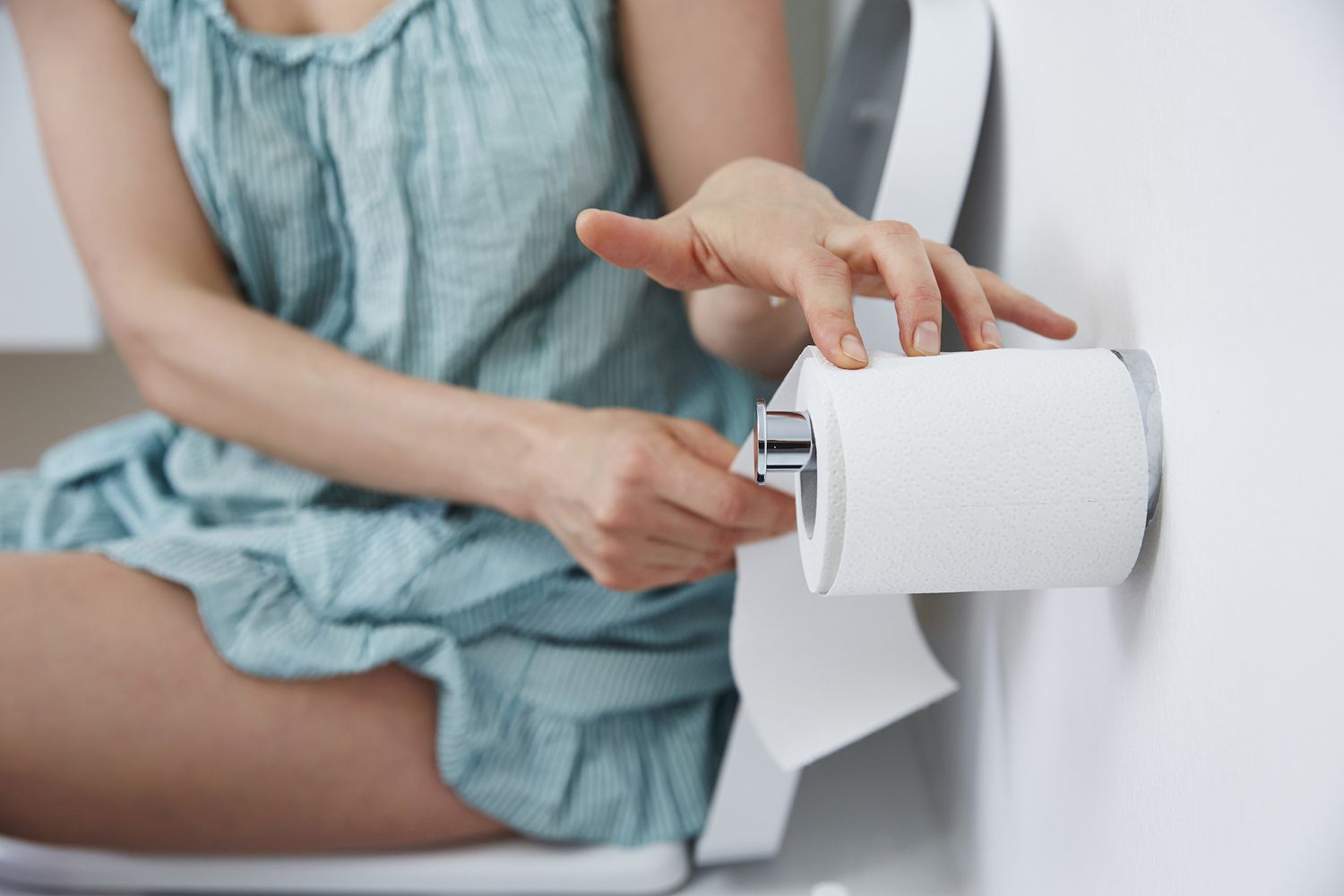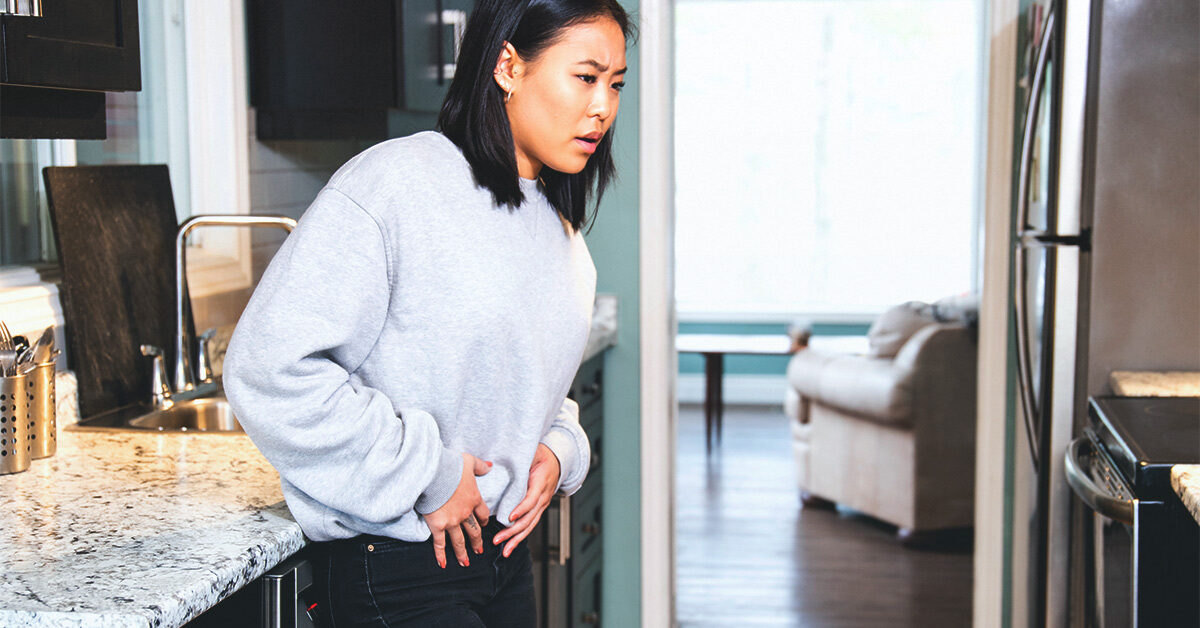
4 Common UTI Symptoms To Look Out For
Experiencing urinary pain while using the restroom is never ideal. What’s even less ideal is not knowing the source of your pain or why it is occurring. If you feel urinary discomfort, you may have a urinary tract infection, also known as a UTI. If you are a woman, your chance of getting a UTI at least once in your life is high. While about 1 in 10 men experience UTIs in their lifetime, the average woman’s risk of getting one can be as high as 1 in 2.
A UTI is a common infection found in any part of your urinary system. While some can result from poor hygiene, genetics, and sex, other health factors can increase your chances of getting a urinary infection. Although most people with UTIs experience frequent urination and pain, these aren’t the only indicators of this infection. This article will share five common UTI symptoms to watch out for.
1. Dysuria (Painful Urination)

Using the restroom shouldn’t be painful. So, if you recently went through discomfort, you may have been experiencing dysuria. This is a common UTI symptom that causes pain, burning, and overall discomfort while urinating. A urinary infection occurs when bacteria transfer into the urethra and bladder. During this process, the overgrowth of bacteria irritates the lining of the urinary tract, which causes pain during urination.
There are a few ways to try to lessen painful urination. A typical household remedy is to drink plenty of water. The more you stay hydrated; the easier it is to flush the bacteria from your system. If increasing water intake isn’t helping, try getting an online UTI treatment to receive antibiotics. To learn more, visit here.
2. Frequent Urination

Although there are various causes for frequent urination, it can also be the main symptom of a UTI. If you have a urinary infection, the increased need to urinate is also paired with a strong and immediate need to go. In severe cases, you may be unable to control these urges.
Frequent urination is caused when your bladder swells and becomes inflamed and irritated. Although you may not need to use the restroom, your body thinks your bladder is full and alerts you to go. This symptom can be tricky to get rid of without over-the-counter medication or appropriate antibiotics. To ease your comfort, stay hydrated and stay close to a bathroom to ensure you can go whenever necessary.
3. Blood in Urine

Although seeing blood in your urine can be frightening, it isn’t an abnormal symptom of a UTI. Bloody urine, also known as hematuria, is created by bacteria attacking your uterine lining. This can lead to irritation and swelling, causing red blood cells to leak into your urine. The more severe your UTI is, the more the blood will be visible in your urine. Cloudy urine with an unusual smell can also indicate a UTI.
If you are expecting your menstrual cycle while experiencing other UTI symptoms, it can be difficult to indicate which is causing your bleeding. With urinary bleeding, UTIs can also share symptoms such as lower back pain and fatigue with a menstrual cycle. To tell the difference between the two, monitor your symptoms. If you are also experiencing bloating, mood swings, and sore breasts, it’s likely that you are just beginning your cycle. Bloody urination doesn’t go away untreated, so seek medical attention if you are experiencing this symptom.
4. Fever and Chills

With any infection, it’s common to experience fever and chills as a side effect. While most urinary infections stay in the urinary tract and bladder, a UTI can make its way to your kidneys, if left untreated. Once the condition reaches your kidneys, it can start to affect your overall body with symptoms of fever, fatigue, and chills. If these symptoms lead to abnormally high temperatures and nausea, see a doctor immediately.
Failure to receive treatment for these symptoms can lead to more severe and permanent damage to your kidneys. If your UTI is caused by an enlarged prostate or kidney stone, your infection needs to be medically treated to avoid further damage. If you have a child experiencing UTI symptoms, monitor their temperature regularly to ensure they don’t have a fever. If a child has a UTI left untreated for an extended period of time, it may also cause permanent kidney damage.
Get The Care You Need
Although it isn’t entirely uncommon to successfully treat a UTI at home, it isn’t always easy. If you suspect you may have a UTI, seek a medical professional. You’ll be asked to provide a urine sample to detect if you have UTI-causing bacteria present. If your UTI is confirmed, you will most likely be prescribed antibiotics to help your body get back on track. Take your medication, get plenty of rest, and stay hydrated to help fight off your infection.
If you are starting to experience the first couple of symptoms listed above, there are a few ways to prevent a UTI from forming. Drinking plenty of fluids and using the bathroom when needed are great ways to help prevent infection. Keep good hygiene by properly cleaning your body, especially after sex or using the restroom. Avoid irritating feminine products such as scented deodorant sprays or powders. Look out for these common symptoms to get ahead to avoid your next potential UTI.
